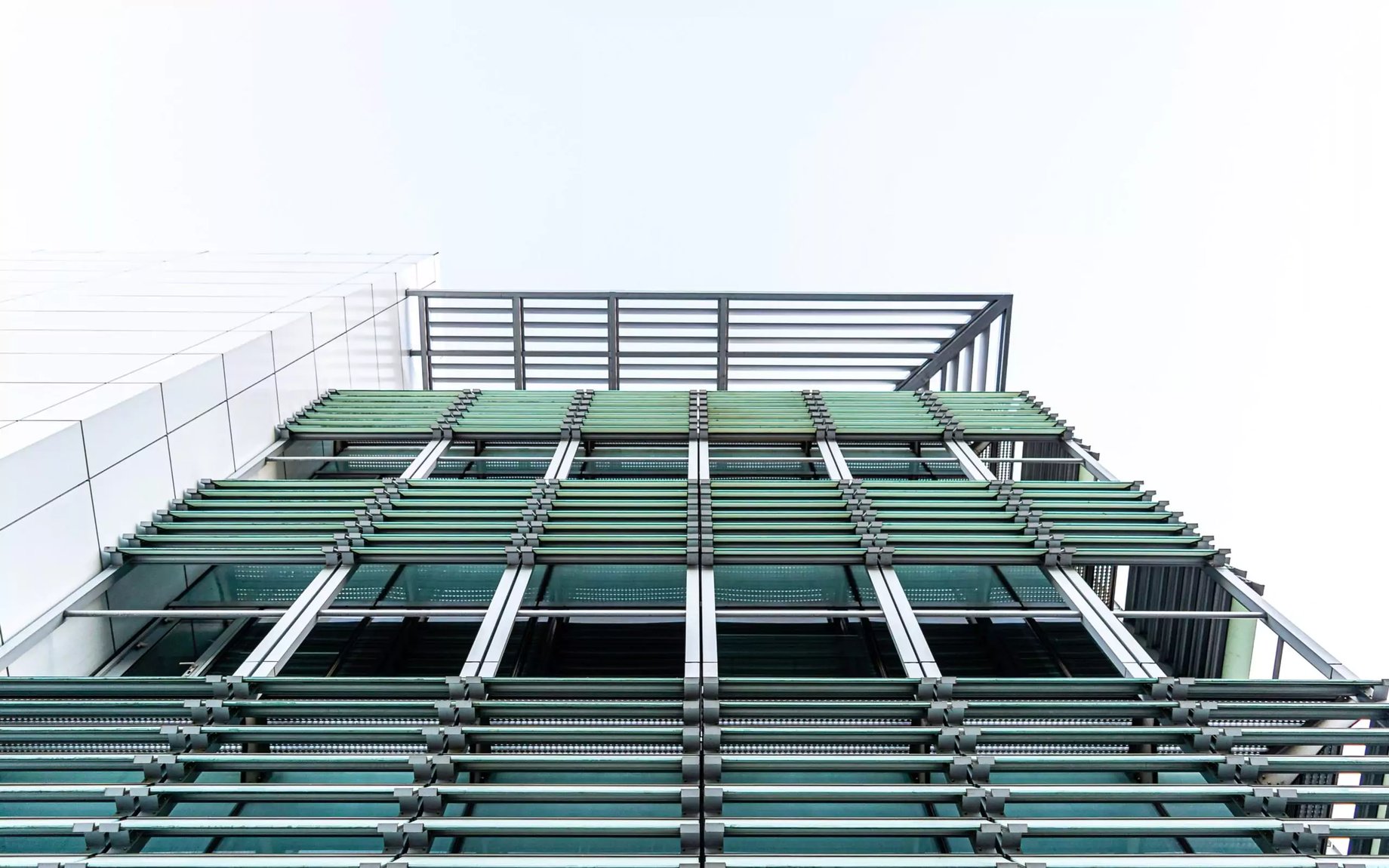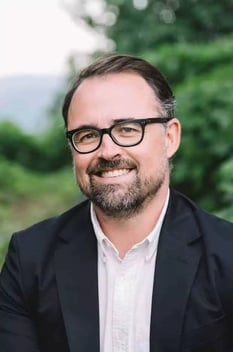
Kelly Alvarez Doran is a visiting lecturer at the University of Toronto and spent many years as Senior Principal with MASS Design Group leading their London studio and overseeing work in East Africa and Europe. Kelly led the design and implementation of several of MASS’s projects across East Africa, notably the award-winning Munini District Hospital and Rwanda Ministry of Health’s Typical Hospital Plans; as well as the headquarters for both the One Acre Fund and Andela in Kenya; and the Rwanda Institute for Conservation Agriculture (RICA).
What led you to become a construction carbon expert
 In July 2019 I watched Greta Thunberg deliver a speech to the National Assembly in Paris that was impassioned, exasperated, and outraged. Soon after I received an email from a professional body instructing its membership that the path to 2030 targets involved the use of high-embodied carbon, petrochemical-based insulation systems. At that moment, Greta’s outrage made complete sense to me and it created a fundamental shift in my thinking and understanding of the enormous impact architects have in shaping future global emissions. Since then I’ve focused my energy and attention on educating myself, focusing my project work towards climate-positive targets, and finding opportunities to educate designers.
In July 2019 I watched Greta Thunberg deliver a speech to the National Assembly in Paris that was impassioned, exasperated, and outraged. Soon after I received an email from a professional body instructing its membership that the path to 2030 targets involved the use of high-embodied carbon, petrochemical-based insulation systems. At that moment, Greta’s outrage made complete sense to me and it created a fundamental shift in my thinking and understanding of the enormous impact architects have in shaping future global emissions. Since then I’ve focused my energy and attention on educating myself, focusing my project work towards climate-positive targets, and finding opportunities to educate designers.
Which projects and achievements are you most proud of?
Over the past seven years at MASS I am most proud of being a part of the conception, design and implementation of RICA (Rwandan Institute for Conservation Agriculture). From the outset, we focused on designing for One Health and climate positivity – resulting in a design process that pushed the boundaries of material selection, structural systems, passive systems, landscape, and site infrastructure to create an off-grid campus with radically less embodied carbon than the regional status quo – 58% less to be exact.


How does your engagement on materials sustainability vary over project phases?
Great question. On RICA, we started with the ambition to source as much of the project’s material and labour as close as possible to the project. This meant material exploration, testing, and sourcing in the early days to ensure the design of the project was informed by availability from the onset, and not an afterthought. Working in a place like Rwanda has been liberating: it’s allowed me to un-learn and question the system I was educated and trained within. I now approach design with a renewed curiosity and scepticism. Why do we found our buildings with carbon-intensive concrete? Why are we insulating with petrochemicals? Why are we building with increasingly opaque, highly emissive materials and supply chains?
“I now approach design with a renewed curiosity and skepticism. Why do we found our buildings with carbon-intensive concrete? Why are we insulating with petrochemicals? Why are we building with increasingly opaque, highly emissive materials and supply chains?”
What are the key value drivers you use to make the business case for materials carbon?
The survival of humanity seems like a pretty good value to drive change. I just cannot accept anything along the lines of ‘this is too costly’ as that is simply a misallocation of value. It’s imperative that we – architects, engineers, planners, builders etc – the people that design and implement the built environment have holistic tools that can help our clients to visualize and plan for carbon positive solutions.
How do you see carbon performance evolving in the market?
Upfront emissions have come into greater focus across our industry over the past couple years, and clearly this is space where there is a great deal of innovation ahead of us. The jurisdictions that have started to set targets for future projects will be the places where the greatest innovations will no doubt occur, and I’m excited to see how quickly this can spread across the globe.
“It’s imperative that we have holistic tools that can help our clients to visualize and plan for carbon positive solutions.”
How does One Click LCA help you achieve your goals?
One Click LCA has been a great tool to help us assess impact throughout the design process. More recently I’ve been using it at the University of Toronto with a research studio, getting it into student’s hands early to help them make embodied carbon an integral part of their design education.
What do you find most useful in One Click LCA?
The library and link to EPDs. Its great to be able to investigate your options, and dive into specific suppliers to better understand the provenance of your specifications.
What’s your advice for other sustainability experts?
Question everything. Question how sustainability was framed during your education, practice, and attempt to see all aspects of a design’s impacts – atmospheric, ecologic, and social.
About ‘Carbon Expert of the Month’
Carbon Expert of the Month is One Click LCA’s way to showcase the expertise, inspiration and best practices of One Click LCA users. Each month, we feature experts who are passionate about reducing carbon in general and from materials in particular, who seek to push projects beyond the boundaries of common practice, and who wish to share from their personal experience.
Carbon Experts Newsletter
Industry news & insights — straight to your inbox
Want to learn more?
Asha Ramachandran • Feb 08 2024
Anna Zahrmann • May 13 2025
Muhammad Ali Saleem • May 29 2025
Anna Zahrmann • Jul 04 2024
